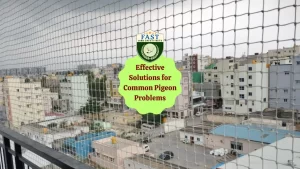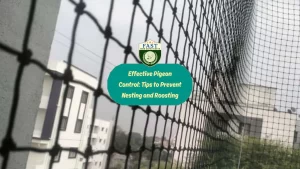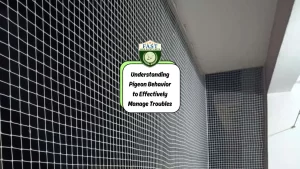Introduction
Pigeons, while often considered symbols of peace and urban charm, can become a significant nuisance when their populations grow unchecked. From droppings that deface buildings to the potential health risks associated with their presence, managing pigeon populations is essential for maintaining a clean and safe environment. This guide provides effective strategies for addressing pigeon problems and creating a pest-free setting.
Understanding the Problem
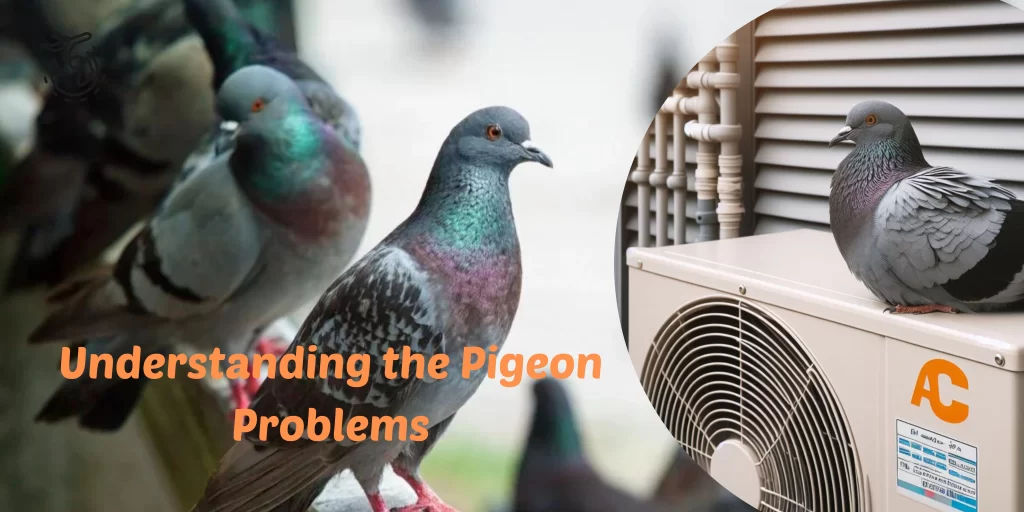
Why Pigeons Become a Nuisance
- Overpopulation: Cities and urban areas provide abundant food and shelter, leading to rapid pigeon reproduction.
- Health Concerns: Pigeon droppings can harbor bacteria, fungi, and parasites harmful to humans.
- Property Damage: Nesting habits can damage infrastructure, and droppings can corrode building materials.
Effective Strategies for Pigeon Control
1. Modify the Environment
a. Remove Food Sources
- Cover Trash Bins: Ensure that waste containers are covered securely.
- Cleanliness: Regularly clean areas where food scraps accumulate, such as outdoor dining areas or parks.
b. Eliminate Roosting Sites
- Netting and Spikes: Install physical barriers like netting or spikes on ledges and rooftops where pigeons roost.
- Block Openings: Seal off openings and gaps where pigeons might nest, such as vents or windows.
2. Use Deterrents
a. Visual Deterrents
- Predator Decoys: Place decoys like plastic owls or hawks to scare away pigeons.
- Reflective Objects: Hang reflective materials or wind chimes to deter pigeons.
b. Sound Deterrents
- Ultrasonic Devices: Use ultrasonic devices that emit sounds unpleasant to pigeons but are inaudible to humans.
- Distress Calls: Play distress calls of pigeons to create a threatening environment.
3. Implement Humane Trapping
- Live Traps: Use humane traps to capture pigeons, then release them in a suitable habitat away from urban areas.
- Professional Assistance: Consult with wildlife control professionals for safe and humane trapping methods.
4. Maintain Regular Cleaning
- Pressure Washing: Regularly pressure wash areas affected by pigeon droppings to prevent accumulation.
- Disinfection: Use appropriate disinfectants to sanitize areas contaminated by pigeon droppings.
5. Seek Legal Approvals
- Local Regulations: Familiarize yourself with local laws and regulations concerning pigeon control and trapping.
- Permits: Obtain necessary permits if using trapping methods that may require legal authorization.
The Benefits of Installing Nets for Pigeon Control
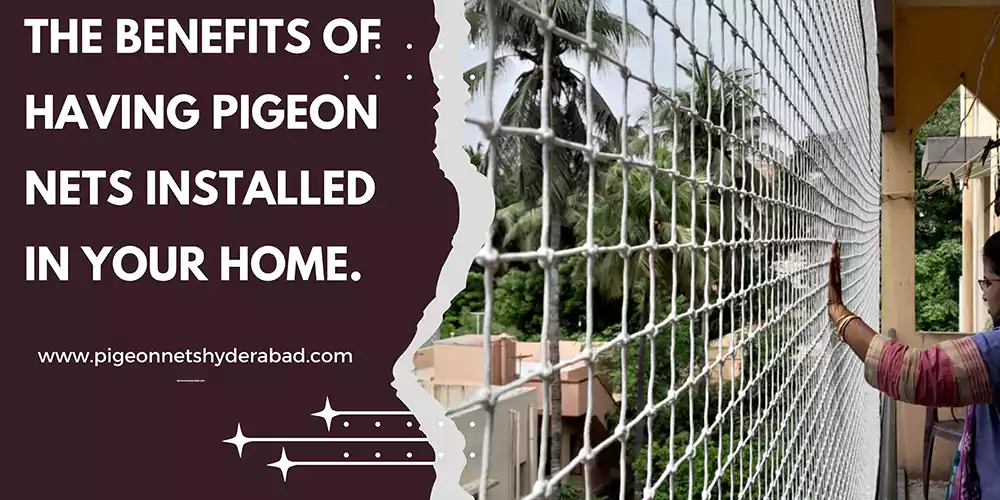
1. Physical Barrier
a. Prevent Nesting and Roosting
- Block Access: Nets act as barriers, preventing pigeons from accessing ledges, rooftops, and other areas where they typically roost or nest.
- Protection: Nets safeguard building exteriors, balconies, and other structures from damage caused by nesting activities.
2. Aesthetic Improvement
- Maintain Cleanliness: By preventing pigeons from roosting and nesting, nets help maintain the aesthetic appeal of buildings and public spaces.
- Reduce Cleanup Costs: Decreased accumulation of droppings means fewer cleaning efforts and associated costs.
3. Humane and Eco-Friendly
- Non-lethal: Unlike some deterrent methods, nets provide a humane solution by merely discouraging pigeons without causing harm.
- Environmental Conservation: By minimizing the need for harmful chemicals or invasive measures, nets contribute to eco-friendly pest control practices.
4. Long-Term Solution
- Durability: High-quality nets are durable and long-lasting, providing a cost-effective solution for long-term pigeon control.
- Low Maintenance: Once installed, nets require minimal maintenance, offering a hassle-free solution for property owners and managers.
5. Customizable and Versatile
- Flexible Installation: Nets can be tailored to fit various structures and configurations, making them adaptable to diverse environments.
- Effective Coverage: Properly installed nets offer comprehensive coverage, ensuring effective pigeon exclusion from targeted areas.
Conclusion
Installing nets as part of a comprehensive pigeon control strategy offers numerous benefits, including physical barriers to prevent roosting and nesting, aesthetic improvements, humane solutions, long-term effectiveness, and versatility. By incorporating net installations into your pest management plan, you can create a cleaner, safer, and more enjoyable environment for residents, visitors, and wildlife alike. Consult with professionals to explore tailored net installation options and ensure ethical and effective pigeon control solutions tailored to your specific needs.


